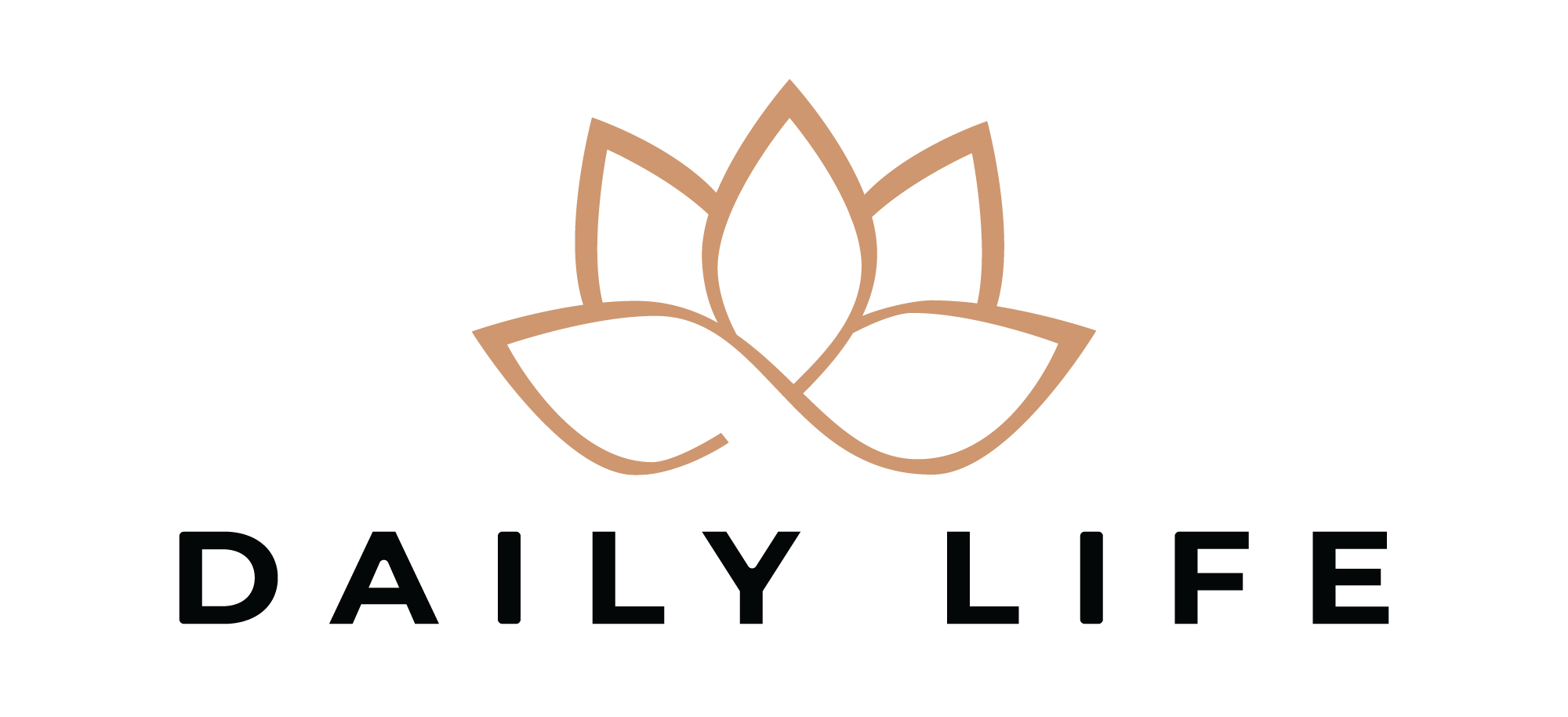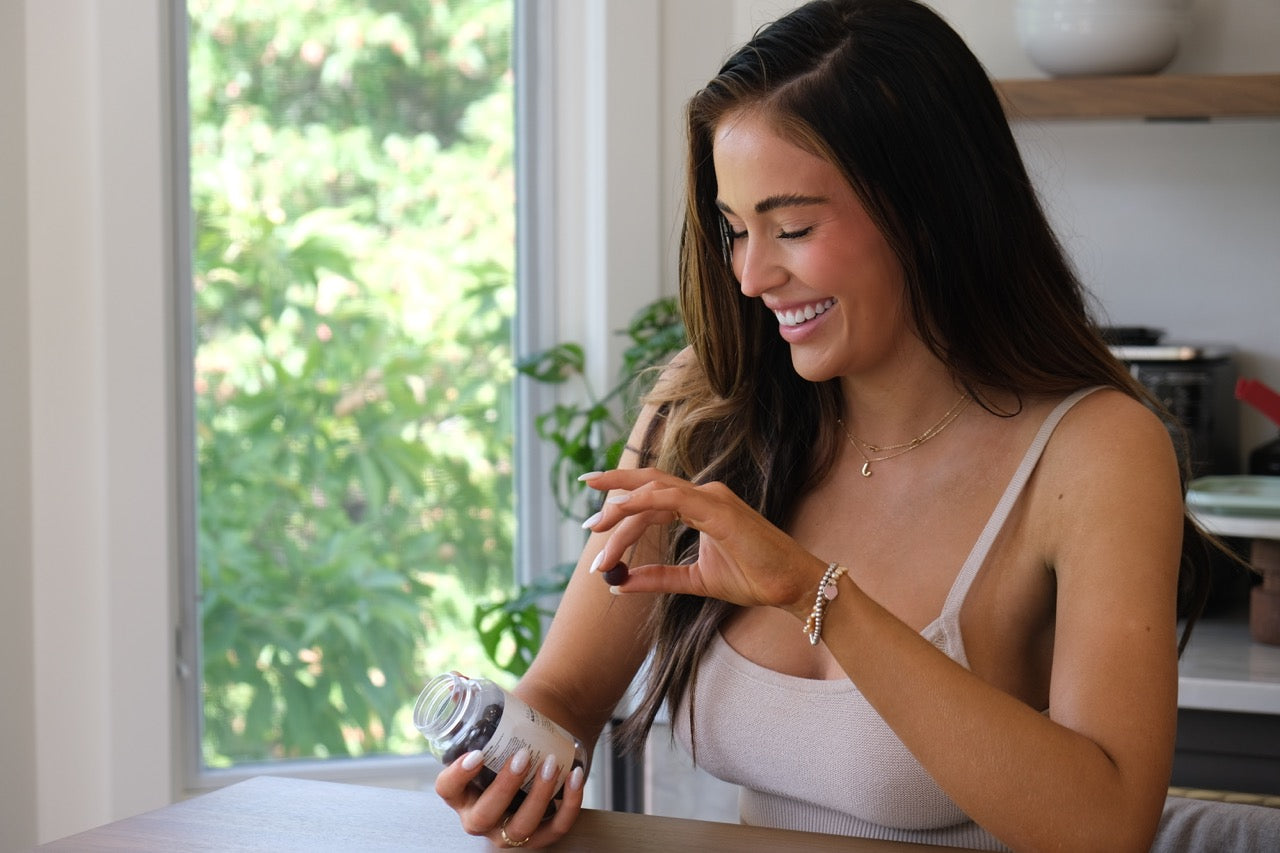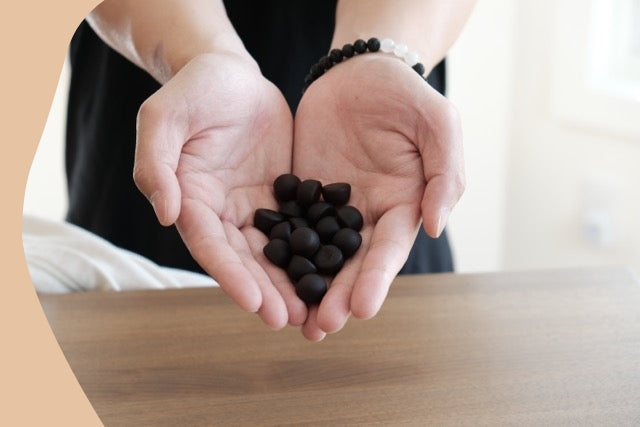
A Yin Yoga Flow for Ultimate Relaxation
Our fast-paced lifestyles (and often high-pressure jobs) keep our bodies in a state of fight-or-flight for extended periods of time.
Most of our lives are structured to reward adrenaline producing activities, creating a flood of acidic hormones such as cortisol that can lead to painful inflammation.
This lifestyle can open the door to emotional volatility when natural hormone levels are disrupted by adrenal fatigue, high caffeine intake, and sensory overload. This can happen as we are going about our daily lives and leave us feeling drained without explanation.
Yin yoga is one way you can deal with this and recover your energy and health to reach your full potential and highest happiness levels.
What is Yin Yoga?
Yin yoga is a relaxing form of yoga that uses gravity to help you release tension in the fascia, which is a layer of tissue that covers your muscles and holds a lot of stress.
It is not a fast form of exercise such as vinyasa yoga. Instead, it is a process of slowing down through poses held (often with props’ support) to melt away tension while increasing flexibility.
In this type of yoga, muscles are rarely flexed because the poses allow the body’s weight to bring you deeper into the pose.
Yin yoga is often called restorative yoga, although technically, they were created separately.
Yin yoga flows are very different from standard yoga classes because a relaxing yin yoga sequence is designed to get you deeper and deeper states of relaxation without first breaking a sweat.
You can easily get in the routine of at-home yin yoga because it is easy to do the poses and doesn’t require great strength or flexibility.
The Benefits of Yin Yoga
You may be surprised to learn the myriad of benefits that can be achieved from this relaxing activity.
- The slow flow yin yoga style favors healing from injuries, a traumatic experience, or mental burnout.
- Yin yoga helps us sleep deeply and reduces base-line stress amplifying our ability to enjoy life and increasing productivity.
- Yin yoga is a great activity to pair with our modern “go-go-go” mentality because it allows our body and mind to rest and restore by activating the parasympathetic nervous system. This stimulates the healing processes like digestion that naturally occur in the body.
- Yin yoga stimulates our relaxation because of the deep, slow breathing and the opportunity to remain for extended periods of time. The way the poses target large muscles and major joints also allow areas that hold tension to let go.
- Yin yoga helps your mind, body, and soul; yin yoga puts you in an intuitive state where your thoughts can detangle, and you can often release the thoughts that cause anxiousness, discover solutions that come when you are calm, and observe which views are not serving you.
You might also want to try: Find Balance With a Yin Yang Yoga Flow
A Step-by-step Yin Yoga Sequence You Can do at Home
This yin yoga flow sequence can take you anywhere from ten minutes to an hour, depending on how long you hold each pose.
We encourage you to really allow yourself to stay in the poses for at least three minutes. The real deep relaxation you will feel won’t start for at least a minute into each pose and continues as the body gets used to the pose and stops gripping.
1. Legs Up the Wall Pose
Legs up the wall pose can help your spine find its natural alignment while also reducing swelling in the feet. This gentle pose is a great introduction to your yin yoga flow because it requires no effort, and your mind will not try to judge if you’re flexible or not, so it can just start to quiet.
Scoot up to a wall and lay back, putting your legs up so the blood can drain from them. Place a pillow under your head for extra comfort, and bring your arms away from your torso with your palms up.
Close your eyes and do slow deep nasal breathing.
On each exhale, relax your body, allowing your legs, hips, stomach, back, and shoulders to release. Stay in the pose for 3 to 5 minutes and when done, hug your knees to your chest and slowly roll to one side before gently lifting yourself up to seated.
2. Reclined Butterfly Pose
Reclined butterfly pose helps release tension in the hips related to the Sacral chakra. You may find emotional energy releases by memories you haven’t thought of in a while just passing through your mind. It’s common to even have tears start to flow as the energy releases.
Place a pillow on each side of you and one behind you for your head to rest on. Bring the soles of your feet together and let the knees fall to the sides so the pillows support them.
Lay onto your back and place one hand on your stomach and one hand on your heart. Continue your slow deep nasal breathing and feel your body releasing tension on each exhale.
After 3 to 5 minutes in the pose, bring your hands to the outsides of your knees and close them. Roll to one side slowly and gently lift yourself to seated.
3. Seated Forward Fold Pose

A seated forward fold will help release compression in your lower back and open your hamstrings. You can use one or two pillows stacked on your legs to support your chest.
Bring your legs out in front of your keeping them together. If you have tight hamstrings, you can sit on a pillow or folded blanket to help you lean forward. You can rest your chest on the pillows and turn your head to one side.
Release your neck, so you’re not holding the weight of your head. On each exhale, relax the shoulders, stomach, and hips. Hold the pose for 3 to 5 minutes, and then slowly lift your torso up on an exhale and place the pillows behind you for the next pose.
4. Fish Pose
The fish pose will help open your Heart chakra and Throat chakra. This can help you be more open to meeting people and less guarded. Physically it helps counter the hunched position that we get from working on computers.
Keep your legs straight out in front of you and lay back resting on your elbows with the pillows supporting your back, so your elbows are directly under your shoulders. Lean your head back and breathe slowly and deeply through your nose.
After 3 to 5 minutes in the pose, gently lift yourself back up to seated. If the pose feels too intense, try propping your back up more or holding it for less time until you’re used to it. This is the most active pose in the sequence.
You might also want to try out: A Yoga Flow to Tackle Your Anxiety
5. Child’s Pose
Bring your pillows in front of you and stack them on top of each other. You may want to do this pose without props if you do not have tight hips as well.
Swing your legs gently underneath you so you can sit on your heels. Bring your knees slightly wider than your hips and walk your hands forward, so your chest rests on your pillows. Bend your elbows and cross your wrists to relax your shoulders and arms.
Turn your head to one side and relax into the pose as you breathe deeply in and out of your nose for 3 to 5 minutes. Keep your focus on breathing deeply as you let all thoughts go on each exhale. When finished, gently walk your hands back and lift your torso up, so you’re sitting on your heels.
6. Puppy Pose

For puppy pose, bring your knees hip-distance apart and lift up, so you’re standing on your knees. Your pillows can remain in front of you from the last pose. This can help fix hunched posture, open your chest, and help your spine flexibility.
Gently lean forward and place your hands on the floor so you can walk them forward and rest your chest on the pillows with your arms stretched out straight and palms down. Keep your hips stacked over your knees as you feel a gentle stretch in your shoulders and a lengthening of your spine.
Breathe slowly and deeply for 3 to 5 minutes in and out of your nose in the pose, and then slowly walk your hands back as you lift your torso back up.
7. Diamond Pose
Gently bring your legs out in front of you and place the soles of your feet together. Bright your feet away from your body as your knees open to the sides. You may place a pillow or yoga block on your feet to rest your forehead on.
This pose will help relax your body as all forward folds calm the nervous system. It doesn’t really stretch your hamstrings as a normal seated forward fold, but it allows you to surrender completely as you breathe deeply in and out of your nose for 3 to 5 minutes.
Very slowly, without disturbing your relaxed state, lift your chest on an inhale.
8. Corpse Pose
Moving slowly to stay in this half-awake, dreamy state you’ve cultivated, continue breathing slowly and deeply as you prepare for your final resting pose. You can place a pillow for your head and under your knees before laying down in corpse pose.
You may also want a blanket to cover yourself with, so you stay warm. Lay down and allow your natural breathing to return so you don’t have to even think about that. Now you will just simply exist. Do not think, do not try to do anything.
Remain in the pose for at least seven minutes to allow your body to restore and fully relax. This posture represents the ego’s miniature death that we can find on our mat during our yoga practice.
Each time we practice savasana, corpse pose, it brings us closer to our true spiritual self.
How Can You Relax Deeper Into This Yin Yoga Flow?
If you had a tough time getting your mind to turn off, next time, try to focus more on deep, slow breathing. It can also help to diffuse essential oils that are naturally calming, such as lavender or rosemary, during your practice.
You can also enhance the ambiance of the room and make it relaxing by dimming the lights, playing meditation music, and making sure all distracting electronics are off.
If you do this practice every day for a week, you will start to notice yourself feeling like a much more relaxed person!
Related article: A Restorative Yoga Flow for Healing






